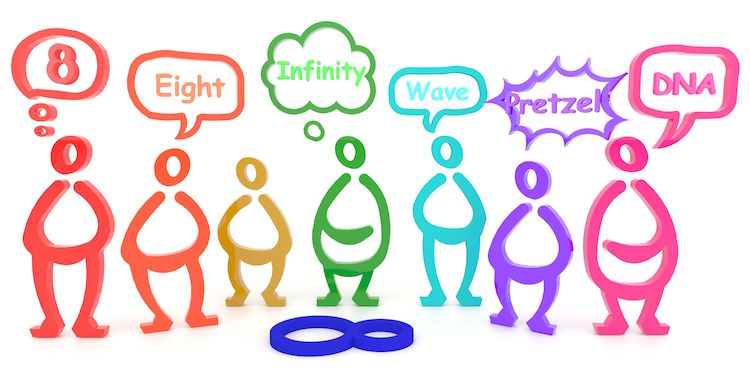This principle is so easily forgotten in the pressure of the workplace. Available time is in short supply; available work is abundant. It’s near impossible to square this circle (sorry)
The two key areas of improvement work that I wrote about in my last piece are affected here; people and processes.
If we do not remember that the way in which we perceive a situation is most lightly different to the way one of our colleagues does, it could very easily create an environment that becomes uncertain, ambiguous, unclear and at worst confrontational. Certainly not conducive with creating the foundations for continual improvement.
If we make conclusions about situations only based on how we initially perceive or assume them and assign countermeasures against these perceptions we increase our chances of missing the true root cause of the problem and adding, not removing, wasteful processes.
The importance of giving proper time to understand improvement work is paramount.
The creation of a culture that promotes improvement starts with the use of cross functional teams which excel in trust, communication and inclusion. Teams must use each other’s perceptions of situations to gain a better understanding and appreciation of the common perception and so the one that is most effective in improving the given situation.
Excellent problem solving and process improvement starts with well defined problems. A well defined problem is one without assumption, based entirely in fact – is measurable, is not a perception. “The process took too long” replaced by “the process took 10.5 minutes”. Excellent problem solving takes time and given that this is in short supply, this is not easy, hence the sticking plaster approach (last one) – rapid application of poor countermeasures that get it off a to-do list… for now.
Process improvement, environments for change, these things take time to create. They take time because they need people to observe, ask, listen, collect facts and form common understandings. We must then use all of this to make informed decisions to reach an agreed solution. A solution created in this way will most lightly stick, it has the best chance of being the right solution and where it doesn’t work, the learning is widely appreciated and so becomes embedded as an experience that can be reflected on, providing a more solid grounding for all improvement work after it.
The best organisations understand all of the this and their leaders provide the time and resources to take stock of reality to make the best decisions. In short, we must trust the approach and take an initial short term hit in our capacity to make long term and repeatable gains.
